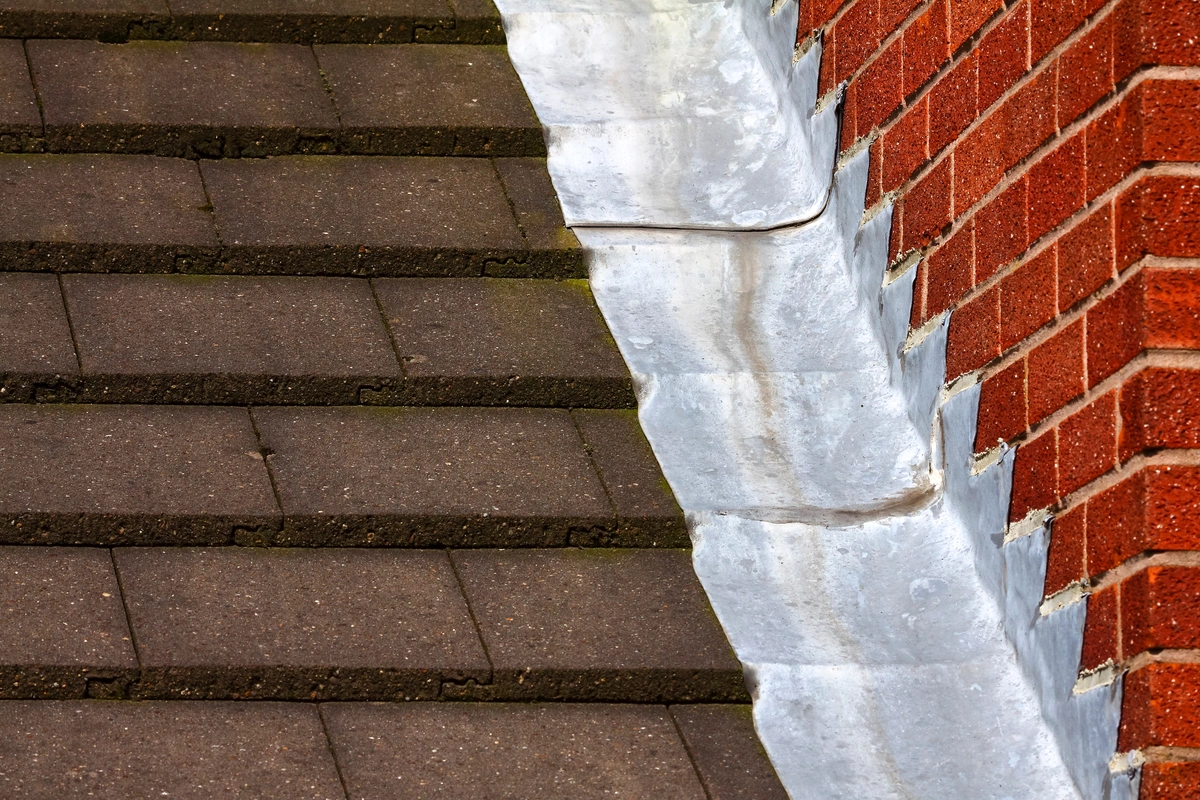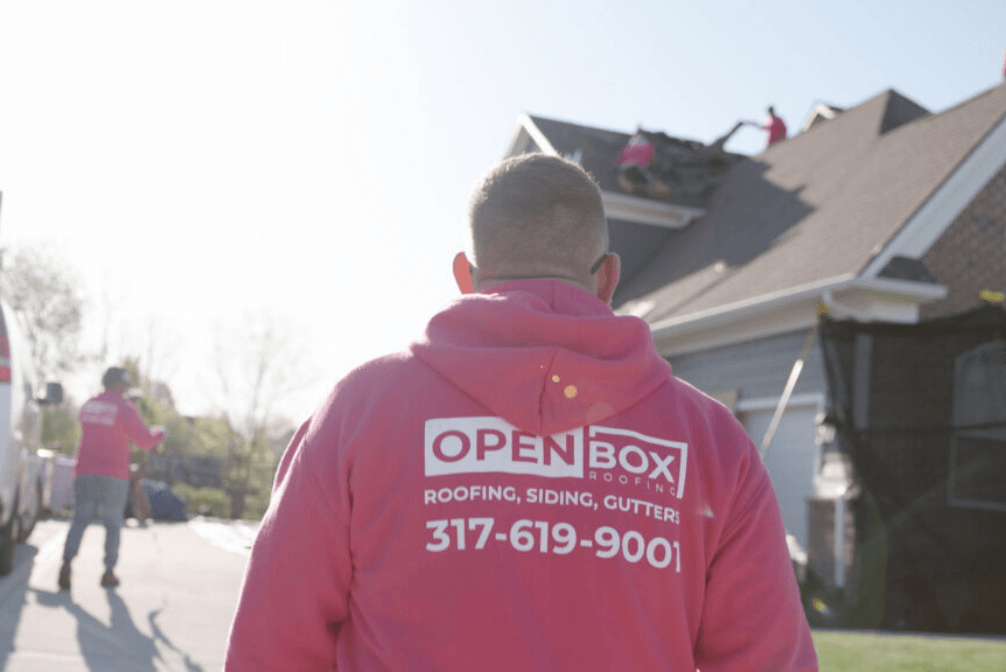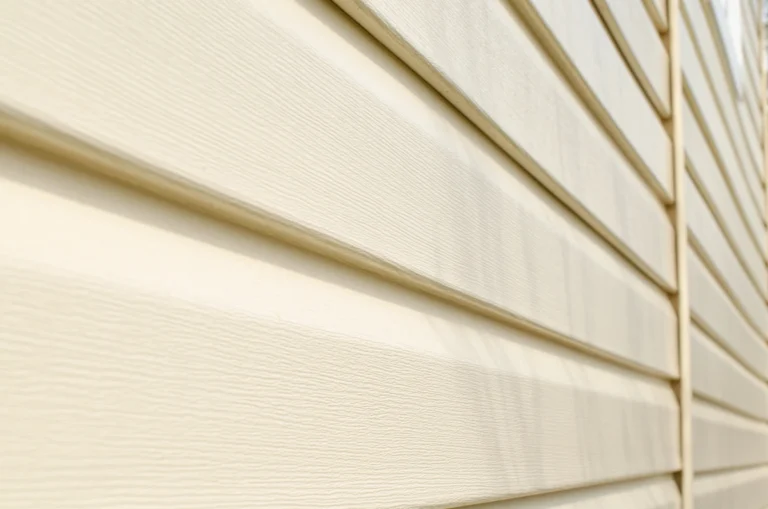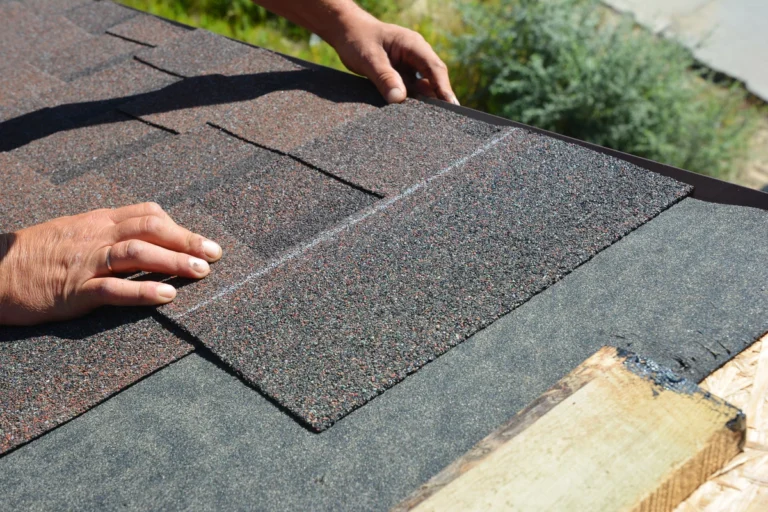When it comes to the components that make up a roofing system, roof flashing is often overlooked. Still, despite that, it plays a crucial role in:
- Protecting your home from water damage
- Preventing leaks
- Maintaining the integrity of your roof
In this comprehensive guide, we’ll explore what roof flashing is, its functions, various types of roof flashing, signs that indicate the need for replacement, and the costs associated with installing new roof flashing.
Need your roof repaired? Get a roof inspection today!
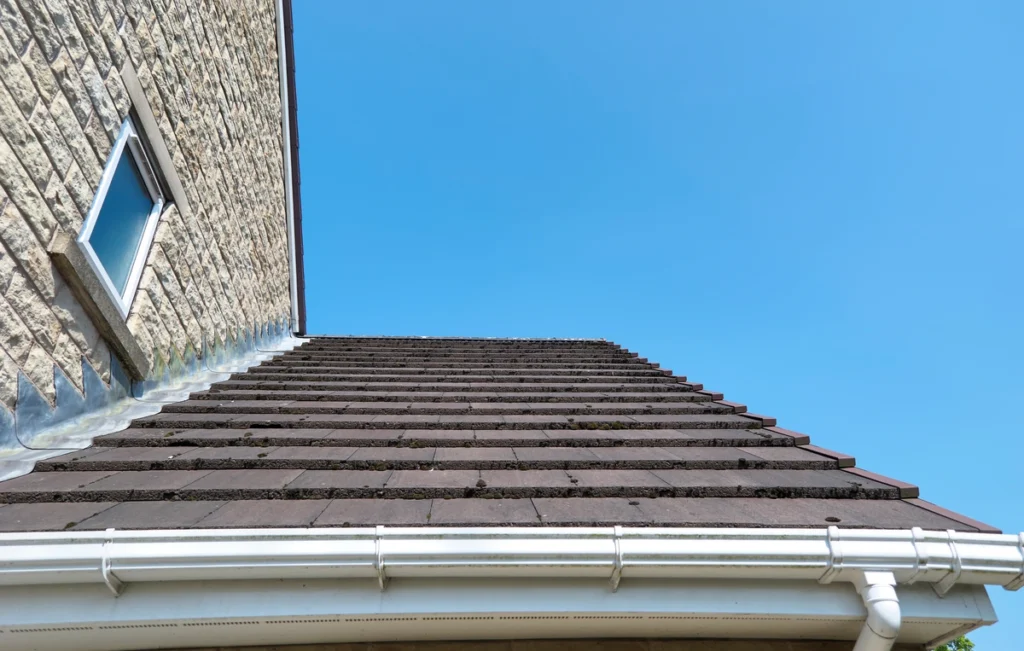
What Is Roof Flashing?
Roof flashing is a critical element of a roofing system designed to prevent water from infiltrating vulnerable areas of your roof and home. It consists of thin strips or sheets of water-resistant material, typically made of metal (such as aluminum, copper, or galvanized steel) or roofing felt, strategically placed in areas where water is most likely to penetrate.
The primary purpose of roof flashing is to create a watertight barrier and direct water away from sensitive areas, ensuring that your home remains dry and protected.
What Does Roof Flashing Do?
Roof flashing serves several vital functions, all of which contribute to maintaining the longevity and structural integrity of your home:
- Water Diversion: One of the main functions of roof flashing is to redirect water away from potential entry points. Flashing channels rainwater, melting snow, or other forms of moisture away from vulnerable areas like roof valleys, chimneys, vents, skylights, and intersections between roof slopes.
- Leak Prevention: By sealing gaps and joints, flashing prevents water from seeping into the underlying roofing materials or the interior of your home. It acts as a barrier that keeps water out, reducing the risk of leaks and water damage.
- Structural Integrity: Flashing reinforces and protects critical areas of your roof where roofing materials meet other surfaces. This prevents wear and tear at these junctions, preserving the roof’s structural integrity over time.
6 Different Roof Flashing Types to Consider for Your Home
Roof flashing comes in various types, each designed for specific areas of your roof and home. Understanding these types can help you choose the right flashing for your roofing needs:
1) Step Flashing
Typically used for roofing slopes and walls, step flashing consists of L-shaped metal pieces that overlap each other, creating a stepped pattern. These pieces are installed at angles to ensure water is directed away from vulnerable areas.
Remember, step flashing should always interlock with each successive piece as you work your way up the wall. This ensures a continuous barrier against water intrusion.
2) Continuous Flashing (Counter Flashing)
Commonly seen around chimneys, continuous flashing is installed to protect against water infiltration at the base of vertical structures. It covers the top of step flashing and provides additional protection.
Like most flashing, the preferred material for continuous roof flashing is a form of metal such as aluminum, coffer, or galvanized steel.
3) Valley Flashing
Valley flashing is used in roof valleys, where two roof slopes meet.
This type of roof flashing prevents water from pooling and allows it to follow the natural downward slop of your roof’s valley until it either falls off of the roof or enters your home drainage system. It’s important that your gutters aren’t clogged so that water that flow freely, otherwise you may still result in a water damage problem for your roof.
If you notice your roof leaking, reach out to a professional and get your roof’s gutters, flashing, or surface checked immediately.
4) Drip Edge Flashing
Installed along the edge of the roof, drip edge flashing prevents water from seeping under the roofing materials.
Drip edge flashing typically has an “L” shape, fitting to the edge of the roof with one leg connected to the fascia and the other extending over the edge of the roof. The extended leg features a small lip or overhang, and like any good flashing, it should direct water into your home’s gutters, protecting the roof’s edges and fascia.
5) Vent Pipe Flashing
As the name suggests, vent pipe flashing is used around vent pipes and other roof penetrations. It seals the area where the pipe protrudes through the roof, preventing water from entering.
6) Skylight Flashing
Skylight flashing is specifically designed for skylights and sun tunnels. It forms a watertight seal around these openings, ensuring no leaks occur.
Signs That You Need to Replace Your Roof Flashing
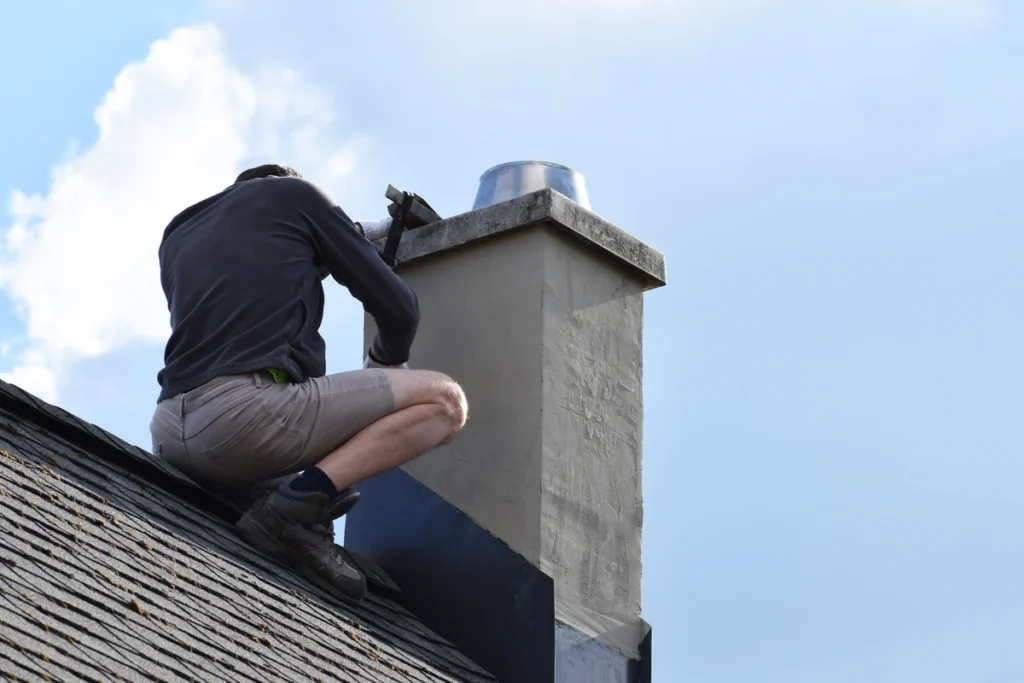
Over time, roof flashing can deteriorate or become damaged, compromising its effectiveness. Here are some common signs that indicate it’s time to replace your roof flashing:
- Water Leaks: If you notice water stains or signs of moisture on your ceilings or walls, it could be a sign that your flashing is failing and allowing water to infiltrate your home.
- Rust or Corrosion: Metal flashing can rust or corrode, weakening its protective properties. Inspect your flashing for signs of rust, especially if it’s older or has been exposed to harsh weather conditions.
- Visible Damage: Damage to the flashing, such as cracks, dents, or missing pieces, can render it ineffective. Regular inspections can help identify any visible issues.
- Loose or Lifted Flashing: Flashing that has become detached or lifted from its intended position can no longer provide proper protection. It needs to be resecured or replaced.
- Roof Material Wear: As your roofing materials age, the flashing may deteriorate alongside them. If you’re re-roofing or replacing your roofing materials, it’s a good time to inspect and replace the flashing as well.
How Much Does It Cost to Install New Roof Flashing?
The cost of installing new roof flashing can vary widely depending on several factors, including the type of flashing, the size and complexity of your roof, and your location. On average, you can expect to pay anywhere from $200 to $600 for a professional installation.
Here are some cost considerations to keep in mind:
🧰 Type of Flashing
The type of flashing you need will impact the cost. Step flashing and valley flashing are generally less expensive than more complex flashing types like skylight flashing or continuous flashing.
👷🏼♂️ Labor Costs
Labor costs can vary depending on the complexity of the installation and the skill level of the roofing contractor. Labor costs often account for a significant portion of the total expense.
📐Roof Size and Pitch
Larger roofs or roofs with steep pitches may require more flashing material and labor, increasing the overall cost.
🗺️ Geographic Location
Prices for roofing materials and labor can vary by region, so your location can also influence the total cost.
🔨 Additional Repairs
If your roof has underlying issues or needs additional repairs, such as damaged decking or rotten fascia, these costs will add to the overall project expenses.
It’s essential to obtain multiple quotes from reputable roofing contractors in your area to get a more accurate estimate for your specific needs. Additionally, consider the long-term benefits of investing in high-quality flashing to protect your home from potential water damage and costly repairs in the future.
Get Help Caring For Your Roof Flashing Materials
Roof flashing may be a small, often overlooked component of your roofing system, but it plays a critical role in safeguarding your home from water damage and leaks. Understanding the different types of roof flashing, recognizing signs of wear and damage, and knowing the factors that influence installation costs can help you make informed decisions about maintaining and protecting your roof. Regular inspections and timely replacement of damaged flashing will not only extend the life of your roof but also ensure your home stays dry and secure for years to come. Open Box Roofing can help! Contact us today to set up a consultation for your roof system!
